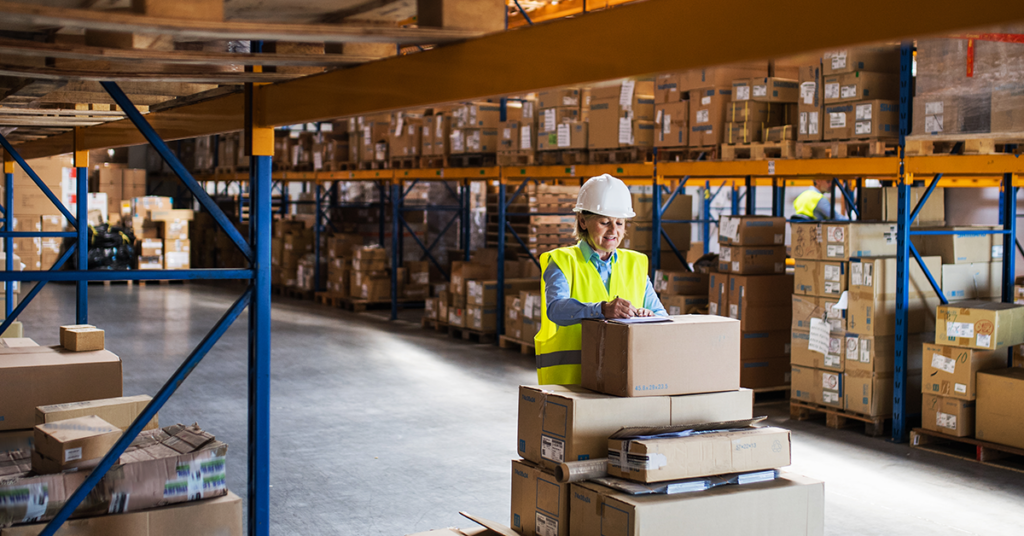Fleet maintenance is how you get the most from your vehicles for the smallest amount of money over the longest timeframe, maximizing your return on investment. But it’s more than just one part of fleet management. Maintenance is a lens that helps put other parts of your fleet into better focus, helping you make decisions about managing drivers and purchasing new vehicles.
What is fleet maintenance management?
On the most basic level, you can think of fleet maintenance as the combination of inspections and tasks you schedule to keep your vehicles on the road. That’s it. But it’s also a lot more.
You can also see fleet maintenance as a focused effort to get the most value from your investments in your vehicles by ensuring you’re spending the least amount of money to keep them running for as long as possible.
Maintenance is closely related to safety. When a driver pulls over because of an overheating engine, it can put everyone on the road at risk. A tire blowout. Failing brakes. By ensuring your vehicles are well maintained, you are keeping everyone safe.
Fleet maintenance is also an important part of compliance including everything from mandated inspections to requirements for tracking and logging. For example, maintenance is an element of the compliance, safety, accountability (CSA) program from the Federal Motor Carrier Safety Administration (FMCSA). Maintenace is how you reduce the risk of accidents and injuries.
But how does fleet maintenance connect to other aspects of fleet management? Let’s explore the benefits.
Driver management
Although the future of fleet might be full of autonomous vehicles, today’s fleet managers need to focus on managing drivers, from attraction and retention to training and tracking.
There’s an impressive array of new fleet technology to help you and your drivers. You can implement HD video cameras to capture critical events on the road, helping you review footage for training or submit it to authorities to exonerate drivers.
With a series of cameras capturing everything happening on the road plus one facing the driver to monitor their behavior, you know exactly what happened and, more importantly, can easily prove it. There are also systems to incentivize better driving habits through gamification of driver tracking and reports.
Maintenance can also play a role in many aspects of your relationship with your drivers. When you’re hiring, drivers want to know they’ll be driving comfortable and reliable vehicles that take them safely to their destinations, not poorly maintained cars and trucks that end up costing them valuable time sitting on the side of the road. A good maintenance program attracts and retains reliable drivers.
It also helps you find the ones that need more training. By reviewing your maintenance logs, you can see who’s tending to return their vehicles with squeaky brakes, low fuel, and a lot of wear on the tires, three reliable signs of too many fast accelerations and hard stops.
Another important connection between your driver and maintenance is the driver vehicle inspection report (DVIR). Here, the driver records their pre- and post- drive checks, which can include:
- Brakes and air systems
- Wheels, tires, and rims
- Lights and reflectors
- Rearview and side mirrors
- First-aid kits
On top of the obvious benefits of catching and fixing issues early and remaining in compliance, the DVIR can give your drivers a sense of ownership over the maintenance and safety of their vehicles, encouraging them to drive more carefully.
Vehicle selection and acquisition
There are many elements to consider when choosing vehicles for your fleet. Most managers start by looking for the performance and capabilities that meet the specific needs of their operations.
A trucking company looks at the types of loads they tend to carry, and then finds vehicles to match. A taxi fleet manager would look at the average number of passengers before deciding to go with sedans or vans. Other things to consider include: the roads and terrains, driver comfort and safety, and upfront and ongoing costs, including fuel and insurance.
The cost of future maintenance should be an important part of the decision-making process when adding vehicles to your fleet.
Fleet managers should ask themselves:
- Does the manufacturer have a good reputation for reliability?
- Does that make or model have a history of recalls?
- Are OEM and aftermarkets parts easy or hard to find?
- Do the vehicles tend to burn through a lot of oil and other lubricants?
- Will my maintenance techs require additional training?
- Do we already have the tools we need to work on the vehicles?
Take maintenance for electric vehicles (EVs), for example. There are many good reasons to start making the switch to electric, but there are also important maintenance factors to consider. So, electric vehicles should require less maintenance because they have fewer moving parts. One way to think about it is that you’ll never have to change another sparkplug once you go electric.
But less maintenance doesn’t mean none, so it’s important to look at the changes you’ll need to make to keep these new vehicles on the road. One change is the type of training you’re giving techs. They might know the inside of an internal combustion engine like the back of their hand, but they might struggle to complete even the most basic inspections or repairs on a modern battery-powered vehicle.
You’ll also have to consider the tools they use. Even the newest maintenance tech likely has their own top 20 tools for mechanics, but what are they going to do with their trusty automotive stethoscope when cars no longer idle? It’s not only tools for techs. You might have to make some investments around the shop, too. Remember, EVs are much heavier than other vehicles.
An official from the National Transportation Safety Board explained the weight of the difference in a recent speech. Her example: An electric GMC Hummer weighs about 9,000 pounds (4,000 kilograms), with a battery pack that alone is 2,900 pounds (1,300 kilograms) — roughly the entire weight of a typical Honda Civic.
Can the car lifts in your maintenance bays safely handle that weight? If not, you have to factor in the cost of upgrades to the cost of adding EVs to your fleet. Only by taking maintenance into consideration can you accurately understand their total cost of ownership.
Summary
Fleet maintenance is how you get the most from your vehicles, ensuring a solid ROI. But it’s more than just setting up a preventive maintenance program, changing the oil and rotating the tires. Fleet maintenance is also a way to help you make decisions and see improvements in other areas of fleet management.
Maintenance is a large part of compliance, and no matter where you are in the world, there are safety regulations to follow, especially for any fleets that cross international borders. Well-maintained vehicles make it easier to attract and retain drivers. People want reliable vehicles that get them to their destinations safely. There are lots of new technologies that help with tracking behaviors to encourage better driving, but you can still use maintenance logs to see who is engaging in too much hard braking.
When looking to expand your fleet, there are many aspects to consider. By including maintenance, you ensure you have vehicles your techs are trained and outfitted to keep on the road.




